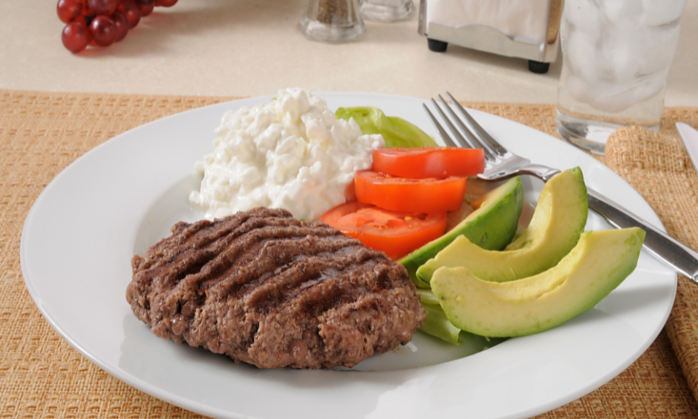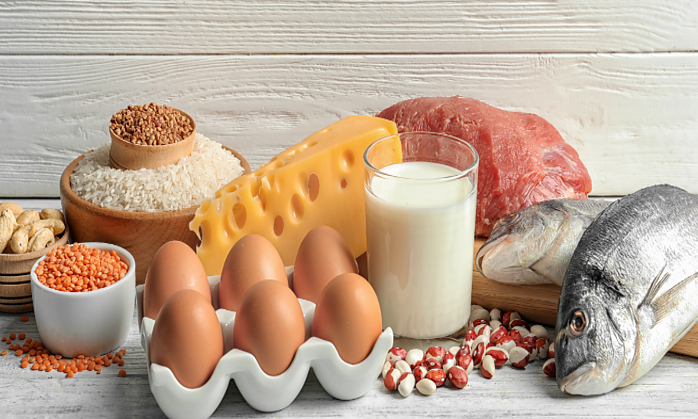Assessing Protein Requirements for Over 50s
General Protein Intake Guidelines
As we go into our 50s and beyond our bodies begin to change. Recognizing this change, health experts often recommend a higher protein intake for those in this age group. These guidelines serve as a foundational reference, yet it’s important to tailor them to individual lifestyles, activity levels, and overall health conditions. This personalized approach ensures that each person receives the right amount of protein to support their body’s specific requirements.
Factors Influencing Protein Needs
Protein needs are not one-size-fits-all, especially after 50. Various factors, including the level of physical activity, play a crucial role in determining these requirements. Engaging in regular exercises, particularly those that focus on strength and muscle building, can increase the need for protein. Conversely, a more sedentary lifestyle may call for a different protein strategy. Additionally, health conditions, from chronic diseases to recovery scenarios, significantly influence the amount of protein needed for optimal health maintenance.

The Risks of Inadequate Protein Intake in Seniors
Health Consequences of Protein Deficiency
Inadequate protein intake can have far-reaching consequences for older adults. It can accelerate the loss of muscle mass, compromise immunity, and extend recovery periods from illnesses or injuries. These issues can dramatically impact the quality of life, underscoring the importance of adequate protein consumption to prevent such adverse health effects.
Signs and Symptoms of Low Protein Intake
Identifying insufficient protein intake in seniors is critical yet challenging, as symptoms can be subtle. Common indicators include a noticeable reduction in muscle mass and strength, frequent infections, slow healing, and overall fatigue. Early detection and dietary modification are key to mitigating these issues.
Diverse Sources of Protein: Options and Benefits
Animal-Based and Plant-Based Protein Sources
A balanced approach to protein intake encompasses a variety of sources. Animal-based proteins provide essential amino acids, while plant-based proteins offer additional health benefits and are indispensable for those with specific dietary preferences or restrictions. A well-rounded diet incorporates a blend of these sources to meet the body’s nutritional needs.
Combining Sources for a Complete Amino Acid Profile
Particularly for plant-based diets, combining different protein sources is essential to achieve a complete amino acid profile. This strategy ensures that the body receives all essential nutrients required for optimal functioning, a consideration of heightened importance in later life when nutrient absorption can diminish.

Integrating Protein with Other Nutrients for Holistic Health
The Importance of a Balanced Diet
Focusing on protein is just one aspect of a holistic approach to nutrition. It’s crucial to integrate protein with other vital nutrients, including fiber, vitamins, and minerals. Such a balanced diet supports not only muscular health but also cardiovascular, cognitive, and emotional well-being.
Dietary Patterns for Overall Health
Adopting dietary patterns that emphasize a balance of nutrients can be particularly beneficial. Diets like the Mediterranean diet focus on whole foods and a diverse range of protein sources, promoting not just physical health but also the social and pleasurable aspects of eating, which are integral to overall wellness.

7-Day High-Protein Meal Plan
Day 1
- Breakfast: Greek yogurt with mixed berries and a sprinkle of almonds.
- Lunch: Grilled chicken salad with mixed greens, cherry tomatoes, and avocado.
- Dinner: Baked salmon with quinoa and steamed broccoli.
- Snacks: Cottage cheese with pineapple; a handful of walnuts.
Day 2
- Breakfast: Scrambled eggs with spinach and whole-grain toast.
- Lunch: Lentil soup with a side of whole-grain bread.
- Dinner: Beef stir-fry with a variety of vegetables served over brown rice.
- Snacks: Apple slices with peanut butter; a hard-boiled egg.
Day 3
- Breakfast: Protein smoothie with banana, spinach, protein powder, and almond milk.
- Lunch: Turkey and cheese sandwich on whole-grain bread with lettuce and tomato.
- Dinner: Grilled shrimp skewers with mixed vegetable salad.
- Snacks: Greek yogurt; a small serving of mixed nuts.
Day 4
- Breakfast: Oatmeal with milk, topped with chia seeds and fresh strawberries.
- Lunch: Quinoa salad with chickpeas, cucumbers, and feta cheese.
- Dinner: Roast chicken with sweet potatoes and green beans.
- Snacks: Carrot sticks with hummus; a piece of cheese.
Day 5
- Breakfast: Whole-grain toast with avocado and smoked salmon.
- Lunch: Tuna salad with mixed greens and whole-grain crackers.
- Dinner: Pork tenderloin with roasted Brussels sprouts and brown rice.
- Snacks: Protein bar; a small bowl of mixed berries.
Day 6
- Breakfast: Egg and vegetable frittata.
- Lunch: Chicken Caesar salad with whole-grain croutons.
- Dinner: Baked cod with a side of asparagus and quinoa.
- Snacks: Cottage cheese with sliced peaches; a few slices of turkey breast.
Day 7
- Breakfast: Protein pancakes topped with Greek yogurt and a drizzle of honey.
- Lunch: Black bean soup with a side of mixed greens.
- Dinner: Lamb chops with roasted Mediterranean vegetables.
- Snacks: A protein shake; a handful of almonds.
Notes:
- Hydration: Ensure adequate water intake throughout the day.
- Portion Sizes: Adjust portions based on individual caloric needs and satiety.
- Dietary Preferences: This plan can be adjusted for specific dietary requirements (e.g., vegetarian, gluten-free).
- Flexibility: Feel free to swap meals between days or replace them with preferred choices, keeping protein content in mind.
- Seasoning: Use herbs and spices for flavoring to minimize salt intake.
This meal plan aims to provide a balanced approach to a high-protein diet, suitable for individuals over 50, considering their unique dietary needs. It includes a variety of protein sources, whole grains, fruits, and vegetables, ensuring a nutrient-rich diet.